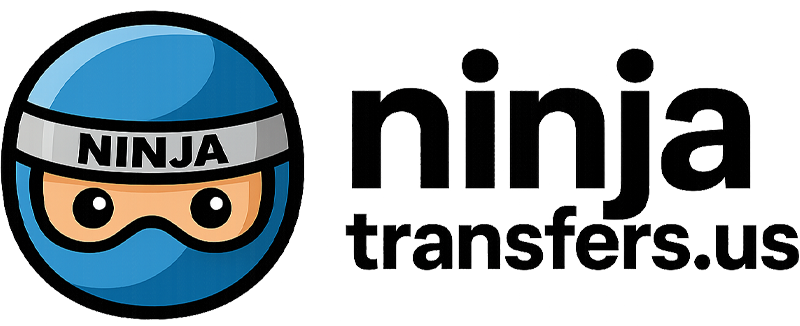1. Understanding Packaging and Printing Challenges and Pain Points
1.1 High Costs of Traditional Printing Methods
Traditional printing methods have long been the backbone of the packaging and printing industry, but they come with significant cost implications. The initial setup for traditional printing, such as plate making and machine calibration, requires substantial investment. Moreover, the cost per unit can be prohibitive for small to medium-sized businesses, especially when ordering in low volumes. Additionally, the waste generated during the setup and testing phases further adds to the overall expense, making it challenging for businesses to maintain profitability while ensuring high-quality output.
Another critical factor contributing to the high costs is the need for specialized inks and materials, which are often priced at a premium. These materials are not only expensive but also require specific storage conditions to maintain their quality, adding to operational costs. Furthermore, the energy consumption of traditional printing presses is significantly higher compared to modern digital printing solutions, leading to increased utility bills. This combination of high material and operational costs makes traditional printing methods less economically viable for businesses looking to optimize their expenses.
Labor costs also play a significant role in the overall expense of traditional printing. Skilled operators are required to manage the presses, and their expertise commands higher wages. The manual processes involved, such as color matching and alignment, are time-consuming and prone to human error, leading to rework and additional costs. In contrast, digital printing solutions like those offered by ninja transfers automate many of these processes, reducing the need for manual intervention and lowering labor costs.
Lastly, the maintenance and downtime associated with traditional printing presses can be costly. Regular servicing is required to keep the machines running smoothly, and any breakdowns can lead to significant production delays. These factors combined make traditional printing methods a costly option for businesses, highlighting the need for more cost-effective solutions like UV DTF 3D Permastickers from ninja transfers.
1.2 Quality and Durability Concerns
Quality and durability are paramount in the packaging and printing industry, where the end product must withstand various environmental factors. Traditional printing methods, while reliable, often fall short in delivering consistent quality across large print runs. Variations in color, misalignment, and ink smudging are common issues that can compromise the final product’s appearance and functionality. These inconsistencies not only affect the brand’s image but also lead to customer dissatisfaction and increased returns.
Durability is another critical concern, especially for packaging that needs to endure rough handling during transportation and storage. Traditional prints are susceptible to fading, scratching, and peeling over time, which can diminish the product’s shelf appeal. This is particularly problematic for industries like food and beverage, where packaging plays a crucial role in attracting consumers. The inability to maintain vibrant colors and sharp details over time can result in lost sales and damaged brand reputation.
Moreover, the adhesives used in traditional printing labels often fail to adhere properly to certain surfaces, leading to labels peeling off prematurely. This not only affects the product’s aesthetics but also its functionality, especially in cases where labels contain essential information like ingredients or usage instructions. Businesses are therefore constantly seeking printing solutions that offer superior adhesion and longevity, ensuring that their products remain presentable throughout their lifecycle.
Environmental factors such as moisture, heat, and UV exposure further exacerbate the durability issues associated with traditional printing methods. Labels and prints exposed to these conditions can degrade quickly, leading to additional costs for reprinting and replacement. This is where ninja transfers‘ advanced UV DTF 3D Permastickers technology comes into play, offering a solution that combines high-quality prints with exceptional durability, even in harsh environments.
1.3 Limited Customization Options
Customization is a growing demand in the packaging and printing industry, with businesses seeking unique designs to stand out in a competitive market. However, traditional printing methods often limit customization options due to the high costs and complexities involved in creating custom plates and setups. This makes it challenging for businesses to offer personalized products without significantly increasing their production expenses.
Small batch orders are particularly affected by these limitations, as the cost per unit becomes prohibitively high when customization is required. This restricts businesses from catering to niche markets or offering limited-edition products, potentially missing out on valuable revenue streams. The lack of flexibility in traditional printing methods also hinders innovation, as businesses are unable to quickly adapt to changing consumer preferences and market trends.
Furthermore, the lead times for custom prints using traditional methods can be lengthy, delaying product launches and reducing time-to-market. In today’s fast-paced business environment, the ability to quickly produce customized prints is a significant advantage, one that ninja transfers provides with its DTF prints technology. By eliminating the need for plates and setups, ninja transfers enables businesses to offer highly customized products at no extra cost, with significantly reduced lead times.
This level of customization and flexibility is particularly beneficial for B2C clients, who often seek unique and personalized products. By leveraging ninja transfers‘ advanced printing solutions, businesses can meet these demands without compromising on quality or incurring additional costs, giving them a competitive edge in the market.

